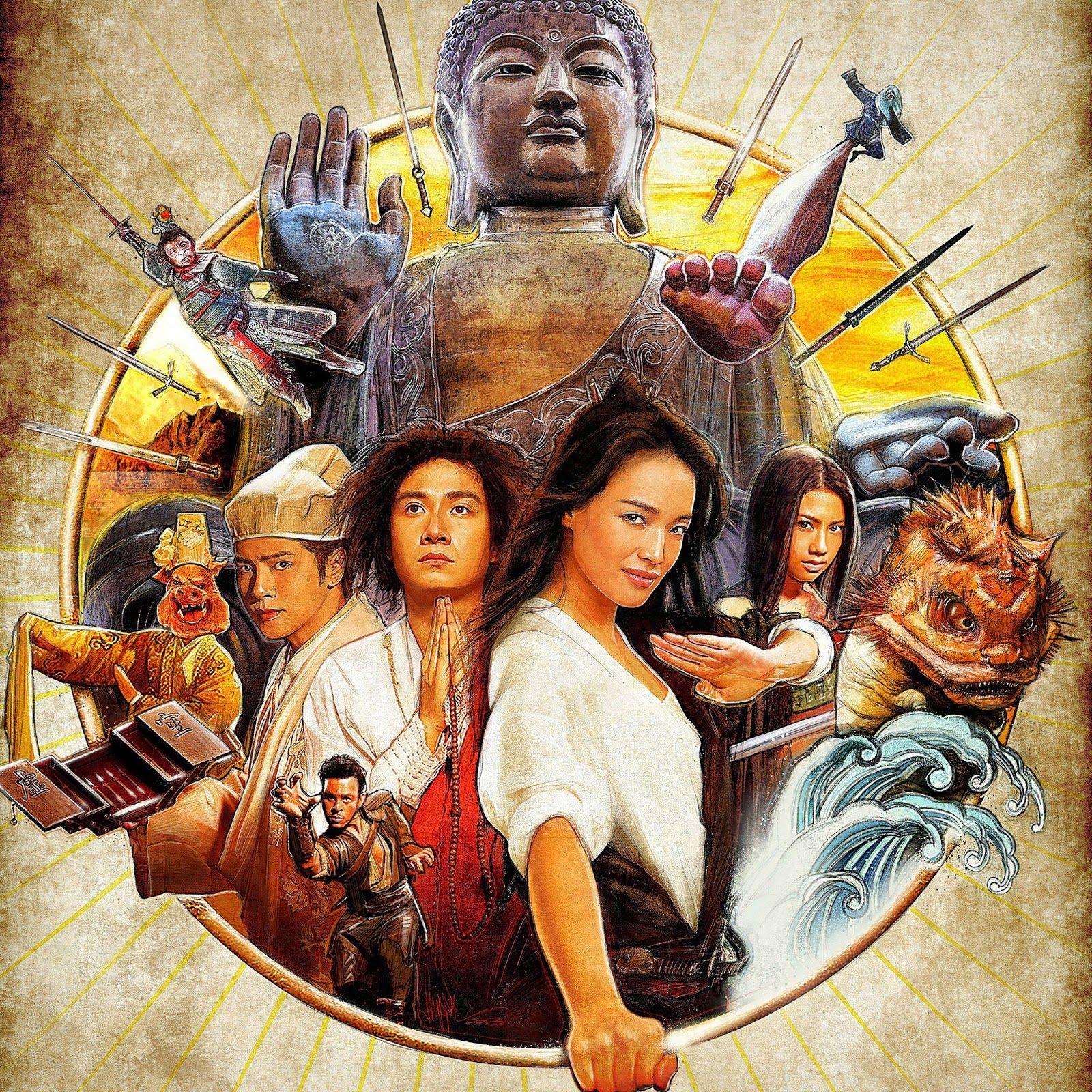Authorship and Historical Context
Journey to the West (Chinese: Xiyouji) is traditionally attributed to Wu Cheng'en, a novelist and poet of the Ming dynasty (1368–1644). The novel is based on the actual 7th-century pilgrimage of the Buddhist monk Xuanzang (602–664) to India in search of sacred texts. The story itself was already a part of Chinese folk and literary tradition in the form of colloquial stories, a poetic novelette, and a six-part drama when Wu Cheng'en formed it into his long and richly humorous novel. (britannica.com)
Synopsis
The novel comprises 100 chapters, which can be divided into three major sections:
- –
Sun Wukong's Origins: The first seven chapters narrate the birth of Sun Wukong, the Monkey King, from a stone egg and his acquisition of magical powers. His rebellious actions against Heaven lead to his imprisonment under a mountain by the Buddha. (
britannica.com)
- –
Xuanzang's Mission: The next five chapters introduce Xuanzang, known as Tripitaka, and the origin of his mission to the Western Paradise to retrieve sacred Buddhist scriptures. (
britannica.com)
- –
The Pilgrimage: The bulk of the novel recounts the 81 adventures that befall Tripitaka and his entourage of three animal spirits—the magically gifted Monkey, the slow-witted and clumsy Pigsy, and the fish spirit Sandy—on their journey to India and culminates in their attainment of the sacred scrolls. (
britannica.com)
Main Characters
- –
Sun Wukong (Monkey King): Born from a stone egg, he acquires supernatural abilities and is known for his rebellious nature. After being subdued by the Buddha, he becomes Xuanzang's disciple to atone for his past misdeeds. (
britannica.com)
- –
Xuanzang (Tripitaka): A devout Buddhist monk tasked with retrieving sacred scriptures from India. He embodies piety and perseverance. (
britannica.com)
- –
Zhu Bajie (Pigsy): Once the Marshal of the Heavenly Canopy, he was banished to the mortal realm for his transgressions. He joins the pilgrimage seeking redemption. (
britannica.com)
- –
Sha Wujing (Sandy): Formerly a celestial Curtain Lifting General, he was exiled for breaking a crystal goblet. He becomes a loyal companion on the journey. (
britannica.com)
Cultural Impact
Journey to the West has profoundly influenced Chinese literature, inspiring countless adaptations, retellings, and artistic expressions. Its characters and themes have become cultural icons, appearing in various art forms. (chinese.mythologyworldwide.com)
The novel has been adapted into numerous films, television series, and stage plays, showcasing its versatility and enduring appeal. (chinese.mythologyworldwide.com)
The narrative reflects the evolving values and beliefs of Chinese society over the centuries, offering insights into cultural identity, morality, and the human experience. (chinese.mythologyworldwide.com)
Global Influence
The global reach of Journey to the West is evident in its numerous adaptations across various media, including theater, film, and television. Notable adaptations include:
- –
Television Series: The Chinese TV adaptation from the 1980s remains iconic, introducing the tale to new generations. (
chinese.mythologyworldwide.com)
- –
Films: International films like The Monkey King series have reimagined the story for modern audiences. (
chinese.mythologyworldwide.com)
- –
Theater: Various theatrical productions, both in Asia and the West, have explored the themes and characters of the novel. (
chinese.mythologyworldwide.com)
The novel has significantly influenced Western literature, especially within the fantasy genre. Elements from the novel can be seen in various works:
- –
Character Inspirations: Characters like Sun Wukong have inspired figures such as Goku from the Dragon Ball series and even elements in comic book heroes. (
chinese.mythologyworldwide.com)
- –
Plot Structures: The themes of transformation and enlightenment in the novel resonate with Western hero myths, such as King Arthur and his knights. (
chinese.mythologyworldwide.com)
Educational Significance
In academia, Journey to the West serves as an essential text in Chinese literature courses, providing insights into cultural and historical contexts. (chinese.mythologyworldwide.com)
The moral lessons embedded in the narrative offer valuable teachings on ethics, perseverance, and the importance of community. (chinese.mythologyworldwide.com)
Through adaptations in various media, Journey to the West continues to engage younger generations, fostering an appreciation for Chinese mythology and folklore. (chinese.mythologyworldwide.com)
